The Cabanon by Le Corbusier (2010)
Genre : Documentary
Runtime : 1H 0M
Director : Rax Rinnekangas
Synopsis
Minimalist documentary by Rax Rinnekangas about the wooden cottage "La Cabanon" designed and built in 1952 by Swiss architect and furniture designer Le Corbusier - a refuge intended for a single person with a living space of only 3.66 x 3.66 meters. The construction followed Corbusier's maxim that architecture must adapt to the human body and not vice versa.

A lonely doctor who once occupied an unusual lakeside home begins exchanging love letters with its former resident, a frustrated architect. They must try to unravel the mystery behind their extraordinary romance before it's too late.
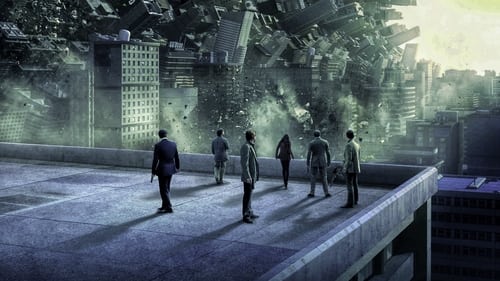
Cobb, a skilled thief who commits corporate espionage by infiltrating the subconscious of his targets is offered a chance to regain his old life as payment for a task considered to be impossible: "inception", the implantation of another person's idea into a target's subconscious.
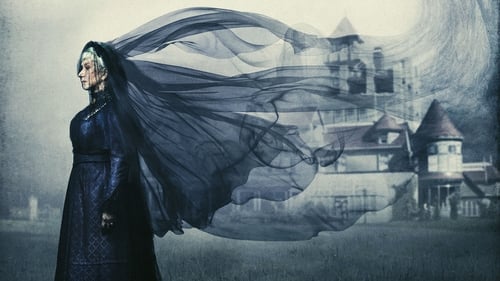
San Jose, California, 1906. Isolated in her labyrinthine mansion, eccentric firearm heiress Sarah Winchester believes that she is being haunted by the souls of those killed by the guns manufactured by her company.

Life for the residents of a tower block begins to run out of control.
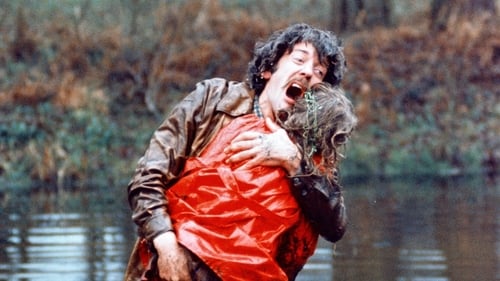
Laura and John, grieved by a terrible loss, meet in Venice, where John is in charge of the restoration of a church, two mysterious sisters, one of whom gives them a message sent from the afterlife.
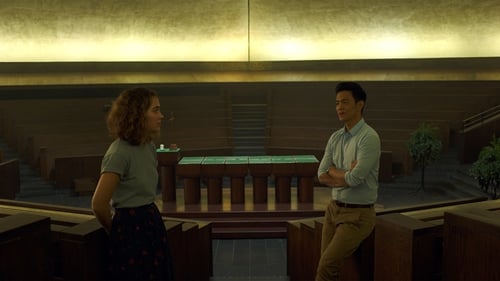
When a renowned architecture scholar falls suddenly ill during a speaking tour, his son Jin finds himself stranded in Columbus, Indiana - a small Midwestern city celebrated for its many significant modernist buildings. Jin strikes up a friendship with Casey, a young architecture enthusiast who works at the local library.
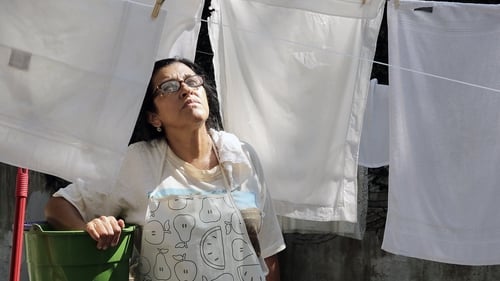
After leaving her daughter Jessica in a small town in Pernambuco to be raised by relatives, Val spends the next 13 years working as a nanny to Fabinho in São Paulo. She has financial stability but has to live with the guilt of having not raised Jessica herself. As Fabinho’s university entrance exams approach, Jessica reappears in her life and seems to want to give her mother a second chance. However, Jessica has not been raised to be a servant and her very existence will turn Val’s routine on its head. With precision and humour, the subtle and powerful forces that keep rigid class structures in place and how the youth may just be the ones to shake it all up.

Between two Thanksgivings, Hannah's husband falls in love with her sister Lee, while her hypochondriac ex-husband rekindles his relationship with her sister Holly.
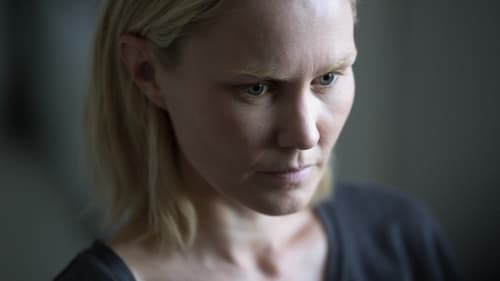
Having recently lost her sight, Ingrid retreats to the safety of her home—a place where she can feel in control, alone with her husband and her thoughts. After a while, Ingrid starts to feel the presence of her husband in the flat when he is supposed to be at work. At the same time, her lonely neighbor who has grown tired of even the most extreme pornography shifts his attention to a woman across the street. Ingrid knows about this but her real problems lie within, not beyond the walls of her apartment, and her deepest fears and repressed fantasies soon take over.
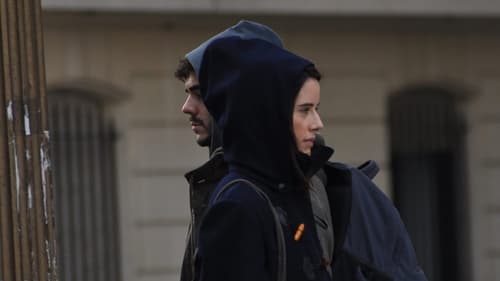
Martin is a neurotic web designer taking baby steps out of the isolation of his one-room apartment and his virtual reality. Mariana is an artist fresh out of a a long relationship. They are perfect for each other, live on the same street, in opposite buildings, but they never meet. Can the movement of a modern city of three million people bring them together?

Two men meet in Barcelona and after spending a day together they realize that they have already met twenty years ago.
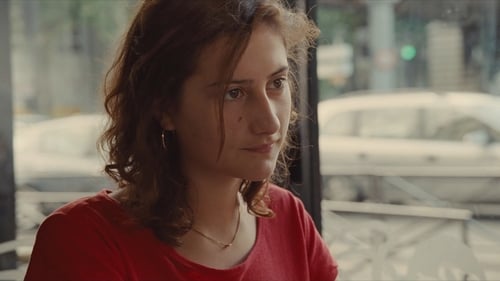
A 15-year-old discovers the joys and heartaches of first love with an older teen, but in the ensuing years, cannot seem to move past their breakup.
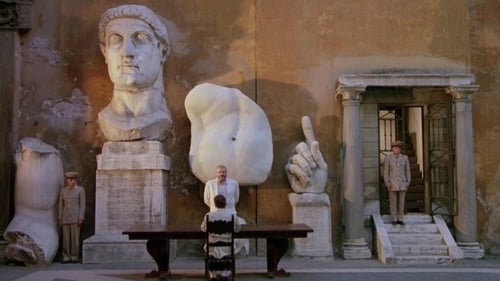
The American architect Kracklite arrives in Italy, supervising an exhibiton for a French architect, Boullée, famous for his oval structures. Tirelessly dedicated to the project, Kracklite's marriage quickly dissolves along with his health.

For centuries, archaeologists have been trying to understand the Aztec empire and reveal the truth about their origins. Now, new excavations could reveal astonishing secrets about how they lived and what life was like inside one of the greatest empires in history. Where did this group of nomadic people originate from? How did they undertake building their towering pyramids and other ambitious engineering feats using manpower alone? And how was such a powerful empire wiped out after just 200 years of power?

When the beautiful Leonor arrives at the architecture studio Borla y Asociados looking for Nelson Jara, both Mario Borla and his partner Marta Hovart and Pablo Simó, the building's oldest architect, claim to ignore that name completely. But they all lie. The truth begins to unravel through the memories of Pablo Simó. Pablo should carry out the unpleasant job of dealing with Nelson Jara, an indignant owner of the building adjoining a work of the studio, damaged by a crack in the wall of his living room caused by an error in the construction. But the fear and nervousness that provokes in the three involved the arrival of Leonor and her question "what happened to Nelson Jara?" Show something much darker and more suspicious. (FILMAFFINITY)
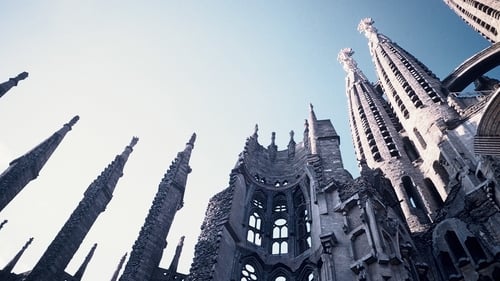
Catalan architect Antonio Gaudí (1852-1926) designed some of the world's most astonishing buildings, interiors, and parks; Japanese director Hiroshi Teshigahara constructed some of the most aesthetically audacious films ever made. With camera work as bold and sensual as the curves of his subject's organic structures, Teshigahara immortalizes Gaudí on film.
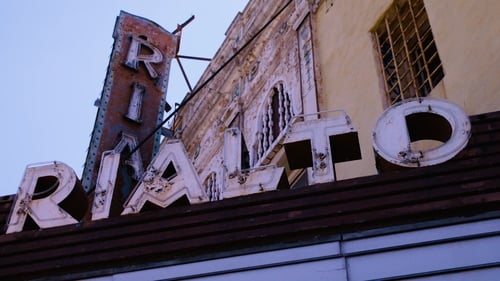
Celebrating the splendor and grandeur of the great cinemas of the United States, built when movies were the acme of entertainment and the stories were larger than life, as were the venues designed to show them. The film also tracks the eventual decline of the palaces, through to today’s current preservation efforts. A tribute to America’s great art form and the great monuments created for audiences to enjoy them in.

50 % of the world’s population lives in urban areas. By 2050 this will increase to 80%. Life in a mega city is both enchanting and problematic. Today we face peak oil, climate change, loneliness and severe health issues due to our way of life. But why? The Danish architect and professor Jan Gehl has studied human behavior in cities through 40 years. He has documented how modern cities repel human interaction, and argues that we can build cities in a way, which takes human needs for inclusion and intimacy into account.

The unveiled treasures in the year of the Extraordinary Jubilee. The Papal Basilicas of Rome seen as never before: St. Peter's, St. John in the Lateran, St Mary Major, St Paul Outside the Walls and the works of art enshrined within them. A film tour shot from previously unseen points of view with the latest-generation 3D and 4K technology.

Tracing the history of blue jeans around the globe.




















